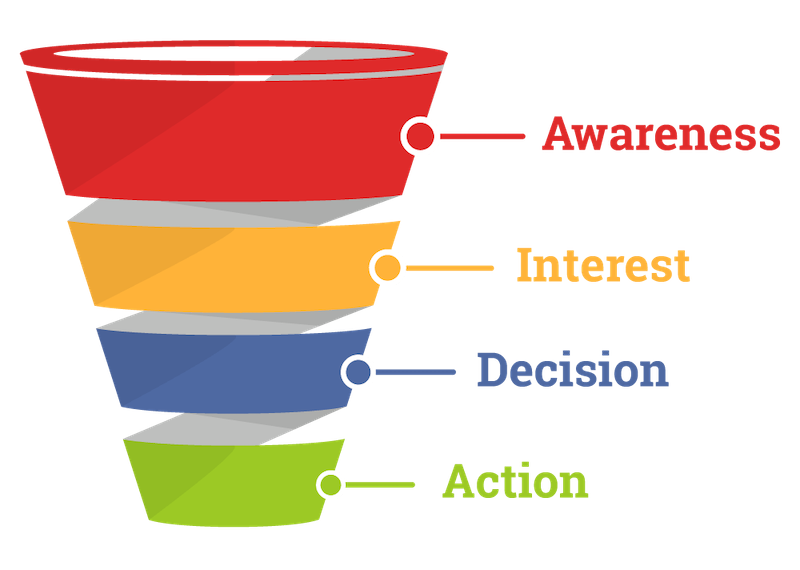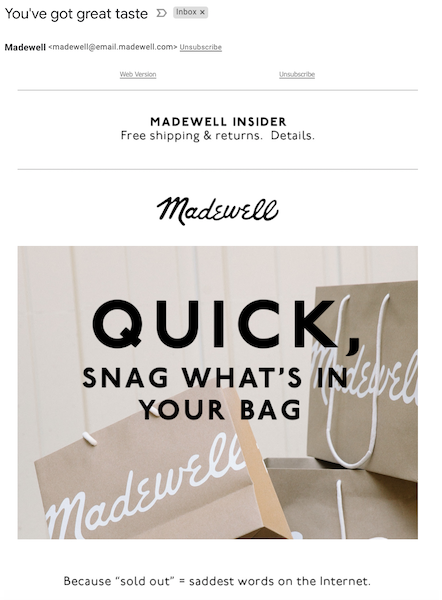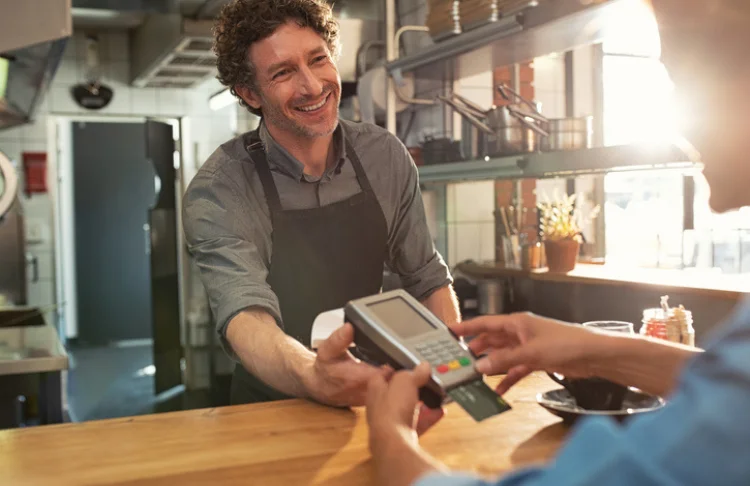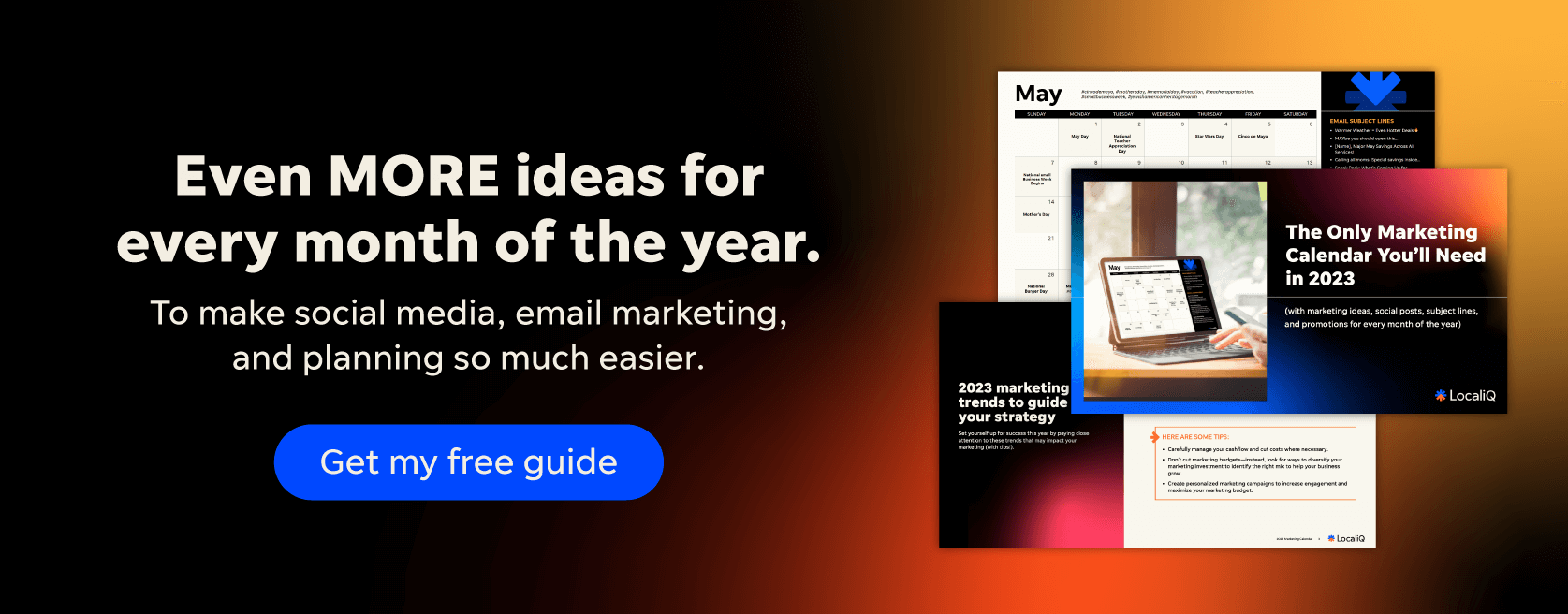Ever wonder why your sales are hardly breaking the surface when your products and services are more useful than what’s already on the market? It might be because your target audience doesn’t even know you exist. Or, you’re not making an effort to generate leads. According to a survey conducted by Hubspot, only 69% of marketers work hard to convert leads into customers.
Are you one of the 69%?
Well, you’re not the only one.

This graphic shows the many issues that plague marketing and sales teams. What are the odds that you’re experiencing the exact same things?
Generating customer leads and closing sales are just two activities that are most challenging for entrepreneurs. The good news is there’s a solution available — a sales funnel.
With an effective and comprehensive sales funnel, you can guide your customers through the various stages of the funnel right through to parting with their money to do business with you. This is the ultimate goal.
Sales Funnel: The Basics
Creating a sales funnel needs careful planning to assure 100% business success. So, how do you build one? Let’s first talk about its concept.
A sales funnel is a step-by-step process to lead individuals on a journey to become paying customers. By using a sales funnel, you can track a buyer’s progress and see how close they are to purchasing the products or services you offer. You can also see the segments where they need a push to guarantee your success.
With the right sales funnel template, you can convert regular people into paying customers.
What Makes Up a Sales Funnel?
A sales funnel comes in many shapes or forms but the most basic involves four stages — awareness, interest, decision, and action.

Awareness requires that you let people know about your business. For example, say they’re looking online for a juicer and notice a display ad for your business.
Interest means a prospect is interested in buying a product and is researching it. So, at this stage, you would serve them with product reviews or comparison reviews to help them make an informed decision on their juicer.
The decision stage is the most thrilling. A customer has decided to buy a product from three possible stores, including yours. This is where you offer free shipping, discounts, and such to make sure they buy their new juicer from you.
Action is where your prospect finally becomes a customer. But your work doesn’t stop there. You’ve closed the sale, but you must also make an effort to get your new customer into your mailing list and turn them into a repeat customer.
This is how sales funnels work.
Why Does Your Business Need A Sales Funnel?
The short answer: To keep your sales goals organized and well-planned.
As previously mentioned, the sales funnel shows you exactly where in the customer journey your prospects are so you know how to market to them in order to bring them down the funnel and close them as a customer.
Think about this, you’re sharing product information on social media to people who don’t need what you’re offering. That’s time and money wasted right there.
It’s a different story when you use social media to build awareness about your business and what you offer – leading them to click on an article and request a brochure. You email over your brochure, throw in discounts and giveaways, and they’re ready to pay for your offer.
How will you know who is on which stage of the funnel?
Below is a representation of the four stages of a sales funnel and what you need to do for each stage to spur your target market to take action.
| Stages | Your Action | Your Leads’ Reaction |
| Awareness | Run a Facebook Ad | After reading your Facebook Ad, they browsed through your blog/inquiring via social media. |
| Interest | Share Tips on a Landing Page | After reading the tips on your landing page, they subscribe to your email list because they want to know more. Be sure to ask for their first name and email address. |
| Decision | Send Tips via Email & Share Tips on a Blog | Using their contact details, you send them an email regarding your offer. They then visit your product page and then add it to the checkout cart. |
| Action | Offer Free Shipping | Because free shipping is too good to pass up, they click the checkout button to finalize the transaction. |
Here’s a look at the information above in a funnel.

Now, do you see how each stage of the sales funnel helps you reach out to your target audience at the right time?
Because different people can be at different stages of the funnel, it’s up to you (or your marketing partner) to develop a marketing strategy that will guide them throughout their customer journey. If someone is still at the awareness stage, then you need to go through all three stages. However, if they’re ready to purchase, you just need to provide them with attractive incentives to close the sale.
How Do You Use A Sales Funnel Exactly?
A simple sales funnel template follows five stages or more. It starts with a customer touchpoint that is designed to appeal to your target audience at a specific stage. It can come from Google search, Google Ads, Facebook posts, etc. This is followed by a landing page where you can engage with prospective customers further in the sales funnel.

1. Generate Targeted Traffic
This refers to people who are looking for the products or services you’re offering but they don’t know where to go. Through targeted traffic, you will find them and lead them down the sales funnel. This is where knowing your target audience is key.
Do your prospects love Facebook? Do your marketing on Facebook and generate your targeted traffic from there. If most of your target audience is on YouTube, you should make an effort to learn how to advertise on YouTube as well.
The key is to understand who your target audience is and where they’re spending time online (or offline!) so you can reach them with your marketing and keep moving them down the funnel.
2. Send Traffic to A Landing Page
Once you find your target audience, lead them to your landing page. This is where you present them with your products and offer a reward or incentive, like a free download or free trial, in exchange for their name and email address.
It’s highly recommended that you provide a form at this point to build your mailing list and collect lead information. Keep it short and simple, however, to avoid turning off prospects. And, be sure to create a strong headline and a highly visible call-to-action (CTA).
This example landing page from WordStream has a strong CTA and clear headline.

3. Convert Visitors Into Leads &/or Subscribers
Once you’ve driven your target audience to your landing page, you need them to actually fill out the form to become a lead.
Say you own a plumbing company, and your landing page is advertising your monthly newsletter on fixing common household problems. Your landing page should convey why it’s important people should sign up for this newsletter – how they can’t live without your tips, tricks, and insights. Maybe you even include a testimonial from a customer who fixed their leaking faucet based on your newsletter or even just a couple of Google reviews.
After they submit the form, make sure to send visitors to a Thank You or Congratulations page.
4. Get Them to Love What You’re Offering
You got the lead — now what? You need to continue engaging with them until they become your customer. You can start this process right on your Thank You or Congratulations page by including additional content that they may want to engage with.
If they don’t engage right away, no problem. Since you already have their name and email address, you can then send them follow up emails to keep your business top of mind.

This is where you’ll appreciate the importance of email marketing. Automate the process and you can focus more on generating traffic and moving prospects further down the funnel.
5. Get Paid!
Your last email convinced this prospect of the benefits of your services and they called to schedule an appointment for you to come out. Nothing says success like getting paid or people clicking on that Make Appointment button.
You can use this formula as your sales funnel template to replicate a winning process without doing everything from scratch. Because prospects can come in at various stages of the funnel, a template will eliminate any confusion and guide you through how to keep prospects moving down the funnel.
Simply identify the stage with which a prospect is and refer to your template to decide on your next move.
Watch The 5-Stage Funnel in Action
We promised you a sales funnel template, so we’re giving you one.
In this example, Facebook Ads will serve as the customer touchpoint. Your goal is to get people to buy a copy of your book. Below is an overview of the sales funnel you can use.
1. Generate targeted traffic. Run a Facebook Ad: Get Your Ultimate Guide to Achieving Success in 2020!
2. Send traffic to a Landing page: Offer a free chapter in exchange for first name and email address.
3. Convert visitors into marketing leads and subscribers. Include what to expect in the first chapter of your book on your landing page so they’re interested enough to submit their information.
4. Get them to love what you’re offering. Send a follow-up email with a testimonial from a customer who read the book and their key takeaways with a link to purchase.
5. Get paid. When visitors click on the checkout button, you’ve successfully closed a sale. Make sure to send them to a Thank You or Congratulations page, along with opportunities to upsell. Who knows? They might want a copy of a complimentary book.
Don’t think your work is done, however. Now that you managed to close a deal, continue to engage with your target market. This way, you prepare them for future offerings.
Final Thoughts
With a sales funnel template as your guide, you can guide prospects through their journey from awareness to action.
The sales funnel template is a great help not just to generate customers and produce sales. It is also a systematic process that keeps your business organized and can inform your marketing strategy while also giving you further insight into your prospects and customers.
Related: Find out how a social media funnel can help you turn followers into customers.
About the Author
Larry Corbi is the owner of More Buzz Online, LLC., an internet marketing consultant, and blogger. With 10+ years of digital marketing experience, he’s passionate about leveraging the right strategic partnerships, content, and software to scale digital growth. Larry lives in Southern California and writes about internet marketing for small businesses and professionals as well as blogging like a business owner, not another writer at https://morebuzzonline.com/blog.
Related Articles
-

27 Splashy (& Doable!) Grand Opening Ideas for Retail Stores
-

The 12 Most Effective Home Services Promotion Ideas
-

9 Bold Brand Awareness Campaign Examples (+Tips for Yours)
-

40 Best Real Estate Call-to-Action Phrases to Convert Buyers, Renters, or Sellers
-

17 Tried & True Promotion Ideas to Boost Sales


